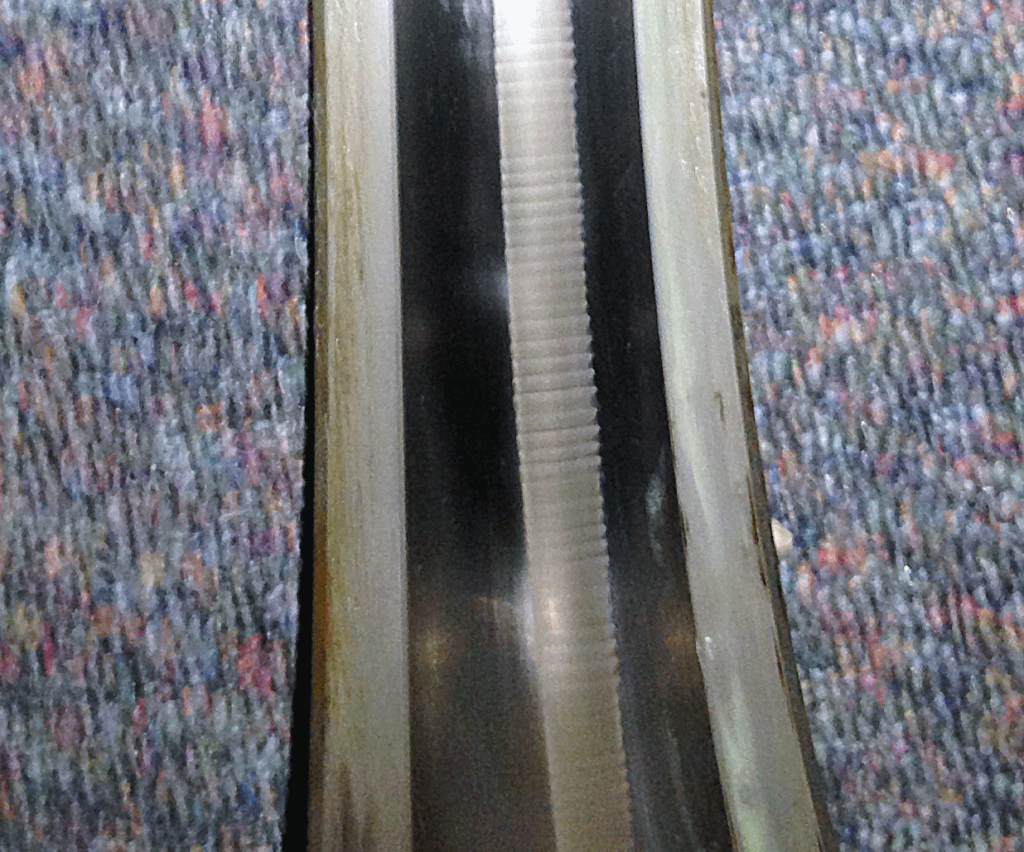
As we’ve stated in Part One and Part Two of our series on Electrical Discharge Machining (EDM), while the use of Variable Frequency Drives (VFDs) to control AC motors has increased significantly, it is not without risks.
The biggest challenge lies in the potentially damaging electrical current that is caused by a buildup of voltage along the rotating motor shaft. As the voltage accumulates on the shaft, it seeks the path of least resistance to the ground, which typically is the bearing or seal closest to the shaft. One of the first “symptoms” of bearing current damage is audible bearing noise.
Unfortunately, by the time the bearing noise is noticeable, deterioration due to EDM has already occurred and catastrophic bearing failure is likely not far behind.
While identifying the root cause of EDM damage is critical, it is also important to understand the various factors that can contribute to EDM damage and how to protect against them happening in the first place.
Factors that contribute to EDM damage
There are certain situations that can contribute to the occurrence of EDM damage including:
- High carrier frequency
Generally speaking, the higher the carrier frequency, the quieter a system will run but the onset of damage caused by EDM will occur more rapidly. That’s why most experts recommend determining the safest frequency for your system by adjusting it as low as possible without creating unacceptable audible noise and avoiding frequencies above 6kHz altogether. It can be helpful to install a VFD with a small increment (i.e. by 1 kHz) adjustable carrier frequency to allow for fine-tuning to the lowest possible level. - Inadequate grounding
It is critical, especially when dealing with the high frequencies of VFDs, to provide a low-impedance path for the electric current to flow to the ground so that it doesn’t get there via the motor bearings. While bearing current is unavoidable to some degree, maintaining a low-impedance path to grounding will help to prevent damage caused by EDM. - Constant speed operation
There is debate as to whether constant-speed operation makes VFD-controlled motors more at risk for developing bearing current damage. However, since VFDs are rarely used in applications that require constant speed, the question is moot.
Protecting against EDM damage
While there are many options currently available to protect bearings from EDM damage, we will focus on the most frequently used methods:
- Shaft grounding/protection ring
For motors under 100 HP where Capacitive Current will likely be the failure mode, the “fix” is to install a Bearing Protection Ring on the motor’s DE. Doing so would in effect “short circuit” the current, creating a simpler path, straight to the ground with less resistance than passing through the bearings. - Insulated bearings
For motors over 100 HP, both the Capacitive Current and the High-Frequency Circulating Current can be the cause of damage to bearings. Therefore, not only does the Bearing Protection Ring on the motor’s DE need to stay in place, but also, an additional layer of protection (e.g. an isolating or insulating bearing) needs to be installed on the motor’s NDE to protect the NDE bearing from the High Frequency Circulating Current. - Ceramic bearings
Ceramic bearings generally consist of ceramic rolling balls with an inner and outer steel race. The conductive properties of the ceramic balls prevent the discharge of shaft voltage through this type of bearing, thereby forcing the current to seek an alternate path to the ground.
Protection starts at installation
Because deterioration caused by electrical currents can be a complex issue, various precautions can be taken at the time of installation including:
- The use of shielding cables such as continuous corrugated aluminum sheath cables to improve high-frequency grounding.
- Reducing the switching frequency, as higher switching current frequencies can lead to the current having more opportunities to discharge.
- Installing inductive line filters (outside of the drive) for long cables
- The use of insulated couplings.
Conclusion
EDM damage can be catastrophic if left unaddressed. Yet, spending money on measures to protect against damage that may or may not happen can be a tough pill to swallow. However, the price paid for unplanned downtime often far exceeds the cost of implementing protective measures and continuous monitoring that can catch issues early on. IVC has over 35 years of experience in identifying and rectifying bearing damage caused by EDM. Contact us.
